|
The other day as my husband and I took a stroll behind our house, I found a small patch of dandelions at various stages. At first, I didn’t know that the late stages of the dandelion that we commonly blow and make a wish are the same plant that blooms a yellow flower. While some call dandelion weeds, I delight in their beauty and whimsy.
After I blew and made a wish I realized just how much dandelions and teachers have in common.
2024 marks 50 years since the Lau v Nichols ruling. How has education for multilingual learners improved where you work?
Here are some resources related to Lau v Nichols. Download the PDF below.Language surrounds us in everyday life. The big and small day-to-day interactions with family members and caregivers can offer valuable and authentic opportunities for language development. Caregivers often ask how they can help support their child's language development at home.
Teachers of Multilingual Learners have unique roles, special jobs! They not the same as most of the other teachers in the building. Here are a few articles to help get the year started on the right foot.
4 Things You Can Take OFF of Your List Before School Starts 3 Common 1st Day of School Mistakes Things To Do with MLs During the 1st WEEK of School 5 Ways to Start Off Your Class Period with MLs The F-Word. Fidelity & Why it May Be a Fallacy for EL InstructionBuzzwords in education are like mosquitos. They are here for a while and during that time they become very annoying. Lately, many educators are hearing one certain F word frequently in regard to programs and curriculum.
FIDELITY What is advocacy? Am I doing it?
Many educators find themselves asking these questions. Advocacy sometimes sounds big and scary and many educators think they can’t do it. But actually, advocacy is incorporated in daily actions sometimes big and other times small. Multilingual learners (MLs) are amongst the fastest growing population in the United States. MLs come from diverse linguistic and cultural backgrounds. The assets they bring to classrooms are sometimes underrecognized leaving these students struggling linguistically and academically. Many teachers of MLs want to provide instruction that meets their needs but find themselves not knowing how to help and feeling overwhelmed.
This is where Universal Design for Learning (UDL) enters and has been known to support and benefit MLs. What is UDL? “There is something special about the languages we learn early in life”, research indicates.
Worldwide over 7,000 languages are spoken. While linguistic diversity is valued by many countries in the world, 40% of these languages are endangered. International Mother Language Day is celebrated on February 21st each year in an effort to shine a spotlight on the beauty and power of linguistic diversity and multilingualism. Last year this article was shared and greatly loved. This year, I'm adding to it to include one additional support.
Multilingual learners count on us to provide high-quality, comprehensible, and culturally responsive instruction in each lesson in every classroom. Here are 23 practical and efficient ways (in no particular order) we can support multilingual learners as they climb to become our future global leaders. *The terms multilingual, emergent bilingual, and English learner are used interchangeably in this article and also include the acronyms MLs, EBs, and ELs. An EL Teacher’s Perspective on Self (& Professional) ImprovementWhen we pour into ourselves, those around us benefit. This is why becoming the BEST version of yourself is an investment for not only YOU but all of those around you. Our students, families and colleagues deserve the best from us and so do we.
These ideas led me to think about how I will deliberately improve myself for the sake of the English learners, families, and colleagues I work with and here is my plan. I’m nudging you to think about your intentions also. What will you do in 2023? This was an important lesson I learned because what happened time and time again was my principal or director would tell me that I had X number of dollars to spend on multilingual learners (English learners) by tomorrow! Okay, I’m exaggerating a bit, but not much. I was like a deer in the headlights, my eyes big and wide. I mean, I wanted the money for my students but at THAT moment I could think of nothing. My brain was blank.
Multilingual learners count on us to provide high-quality, comprehensible, and culturally responsive instruction in each lesson in every classroom.
Here are 22 practical and efficient ways (in no particular order) we can support emergent bilinguals as they climb to become our future global leaders. *The terms multilingual, emergent bilingual, and English learner are used interchangeably in this article and also include the acronyms MLs, EBs, and ELs. The Picture Word Inductive Model (PWIM) which was introduced by Emily Calhoun in the 90s is a popular way to support language learners. It helps meet students where they are, grow their language, and add to their content knowledge.
This article was originally shared on the Seidlitz Blog on April 29, 2020.
Imagine you are a second grade student born in America, and you only speak English. You’ve attended English schools until now. But your father’s job has relocated your family to France, and now you are in a classroom filled with students and a teacher who only speak French (a language you have never spoken). The science teacher hands you a book and signals for you to read it. You open the book and find that it is filled with pictures…no words. First a group of horses. A mare feeding a foal. A colt running wild. Then a group of pigs, chickens, cows, etc. Instantly, you begin to think about the information you know about animals. What they are called, where they live, what they eat, etc. Though you aren’t able to communicate this information in French yet, you are able to follow along with the class and think in English using the schema and background knowledge you have about animals. Why Use Wordless Picture Books? If you teach reading you have probably heard of the “Reading Wars”. And if you haven’t, then perhaps you don’t even need to read any further. For those that have, you might feel confused. I, for example, question why we have to “be at war” with colleagues or pick a side. I don’t want to be at war or pick a side. But the tension on Twitter and Facebook is real.
In essence the debate is about how best to teach reading to students. But many educators wonder if we can believe in both balanced literacy and the science of reading? When I left the comfort of my own classroom to become an ESL teacher, I didn’t know that I would have to become intentional about building relationships with the mainstream classroom teachers I worked with. But I learned quickly.
Healthy, productive relationships between mainstream teachers and ESL teachers don’t happen on their own magically. Like most relationships, thought, planning, and careful execution takes place for a truly happy relationship to develop. Over the years, here’s what I learned as an ESL teacher about creating relationships with mainstream teachers. If we want to ensure that English learners don't continue to fall behind academically, integrating language with content is the key! This is where listening, speaking, reading, writing, (and viewing) come into play. So I ask you, how are you practicing what you preach and modeling these behaviors for staff, students, and families? I'll share mine and then I'd love to hear yours!
Listening... I started teaching in the winter of 1997. Hired in a wonderful suburban district outside of Houston, Texas. The campus experienced a little growth and needed a teacher mid year, so I was the lucky one hired in December just as I received my college diploma and teaching certification.
My college pre-service classes taught me little about what the classroom experience would truly be like. And with wide-eyes I walked into my first classroom and found myself teaching third graders who had a myriad of needs I was ill prepared for. Some students needed special education support, others dyslexia, and some were learning English. I quickly found that the big white binder of curriculum didn’t hold the answers I needed to give these kids the support THEY needed. I'm hearing from colleagues, family members, close friends, and educators around the globe that they are worried about students not getting enough instructional time right now while schools are closed due to the Corona virus. Parents are stressed. Teachers are overworked. Kids are confused. And we're all just trying to figure this out while it's happening (very quickly)!
The biggest concern from teachers is about the kids they aren't hearing from on online platforms or through other means of communication. What are they doing? Are they learning? What's going on? And how can I help? Guess what...students are learning a lot at home. We might just have to help families refine daily practices a little. So here's what I suggest. The first thing we do with students can set the tone for our time together. Starting the period off on the right foot is critical to a successful lesson. Read on to discover five ways to start your class period in engaging and welcoming ways whether you are a general education teacher or an ESL teacher that pulls students out.
If you know me, you KNOW I L.O.V.E. what I do. I've always loved it. No matter my role in education, I bloom where I'm planted. I think this is because (like many of you) education is not a job for me, it's a calling. I live and breathe it. It's not a 7-4 job. There are no hours that limit my time doing what I do.
But I have to be honest with you, the year I transitioned from a classroom teacher to an ESL teacher who pulled students out and co-taught, wasn't all roses. I struggled...a lot. So if this is your first or second year out of the mainstream classroom and working as an ESL specialist, pull out teacher or co-teacher, you may be able to relate. I was a mainstream, third grade teacher in a public school in a suburb outside of Houston, Texas when I began teaching in 1997. Our school had one designated teacher that served English learners through a pull-out program. I understood my job was to teach students the general education curriculum while she taught my English learners the language. I never knew exactly what they did when they were with the ESL teacher. And I’m not sure if she knew what they were doing when they were with me.
Fast forward to 2019. Looking back, I know that this was not a great structure for teaching content or language to our students. I can only imagine how much more and how much quicker our students would have learned language and content had we collaborated…had I recognized my own role as a language model for the students. ALL educators, administrators, and stakeholders need to know how to serve ALL students including English learners. 6 Things you can do now!First of all, WELCOME! We are glad to have you in our professional learning network. If you are reading this, I want to formally welcome you to a wonderful, passionate group of ESL educators and advocates who will support you along the way. In this article, you will find ideas for professional learning, resources to dig into, leaders in the field, and much more.
So you secured an ESL position. And you're wondering...how can I prepare for this job? What is the difference and Why should we care?Well, first and foremost, we should care if we want our students to speak like scholars. If we want our students to be marketable after they graduate. If we want them TO graduate! Then we should care! Sentence stems and frames are scaffolds as students learn language and content.
Sometimes educators use the terms sentence stems, sentence starters and sentence frames interchangeably. You may wonder...are they the same thing? The answer is no, they are are not the same. They have their own form and function. Do you remember when you were in school and your teacher said it was time for read aloud? I don't know about you, but for me, that was a joyous time. It was a time for my imagination to soar. I could take the words that were flowing so eloquently from her mouth and create a movie in my mind. I loved it.
As a classroom teacher, reading aloud to my own students became my favorite thing to do (maybe because it was magical for me as a child). I wanted to share that experience with them. But I also wanted to lift the level of learning a notch. Rather than this time being only a time for input, I was hoping to create some opportunities for output as well. ENTER Interactive Read Alouds! |
Categories
All
|
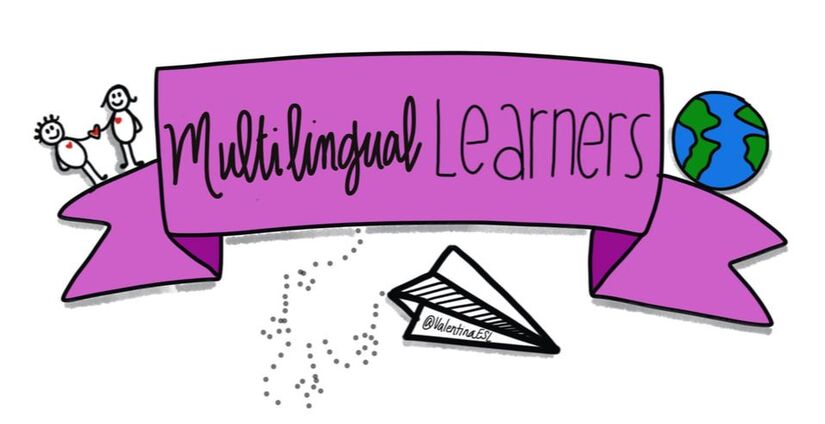
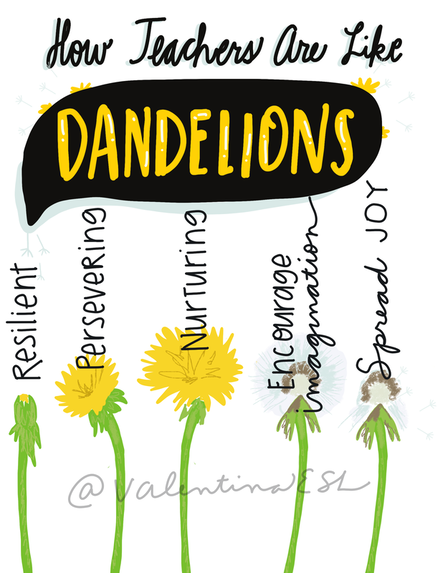
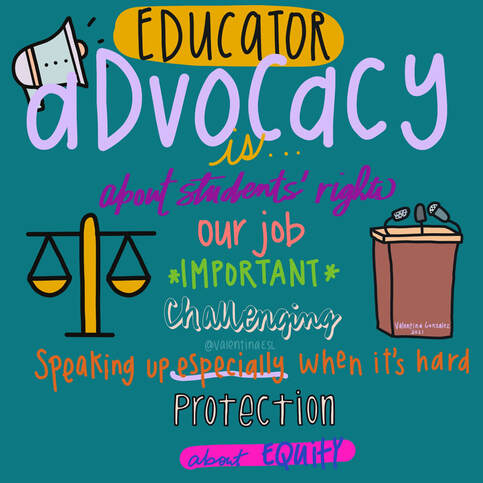
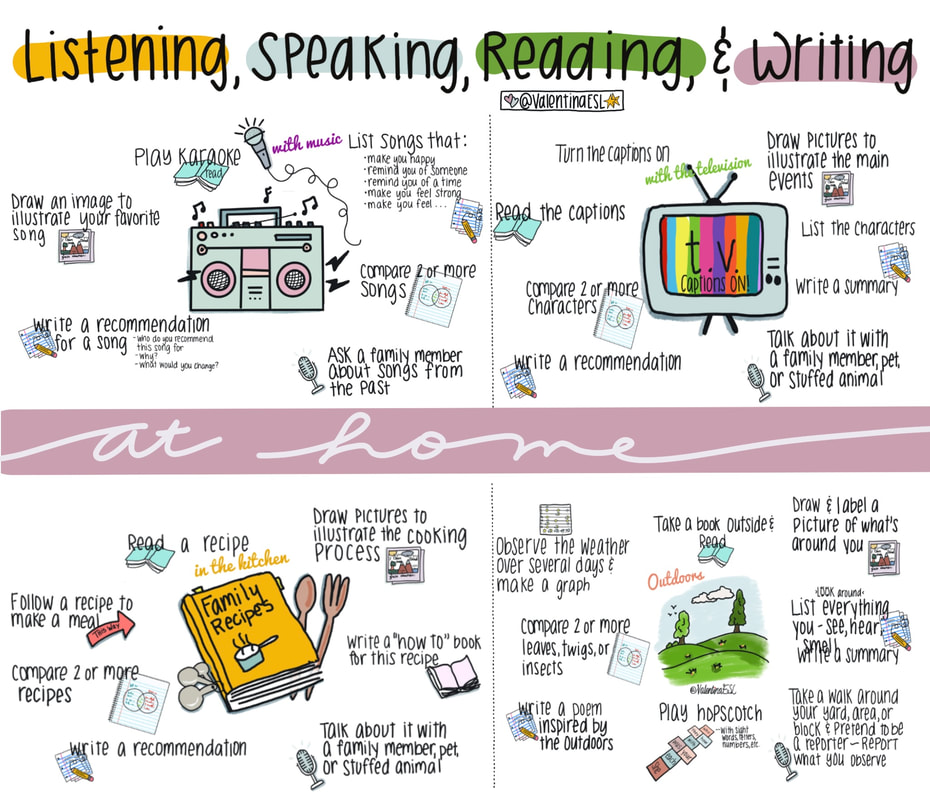
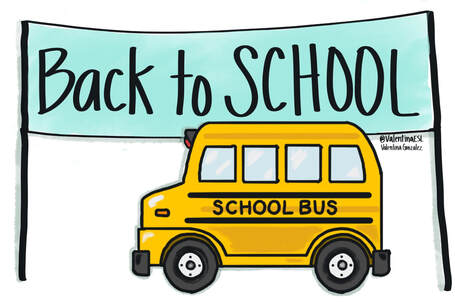
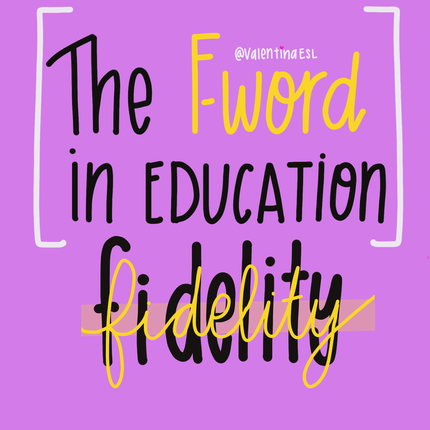
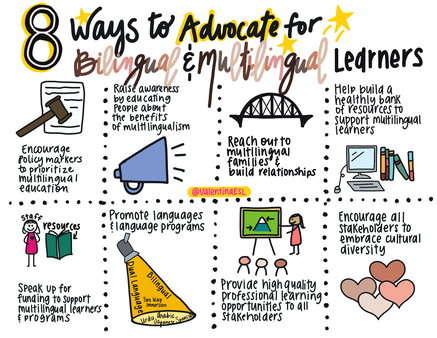
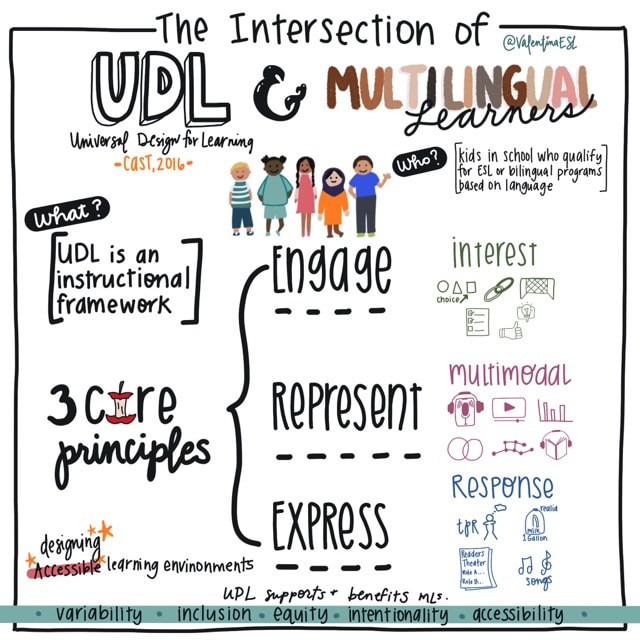
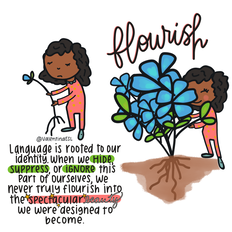
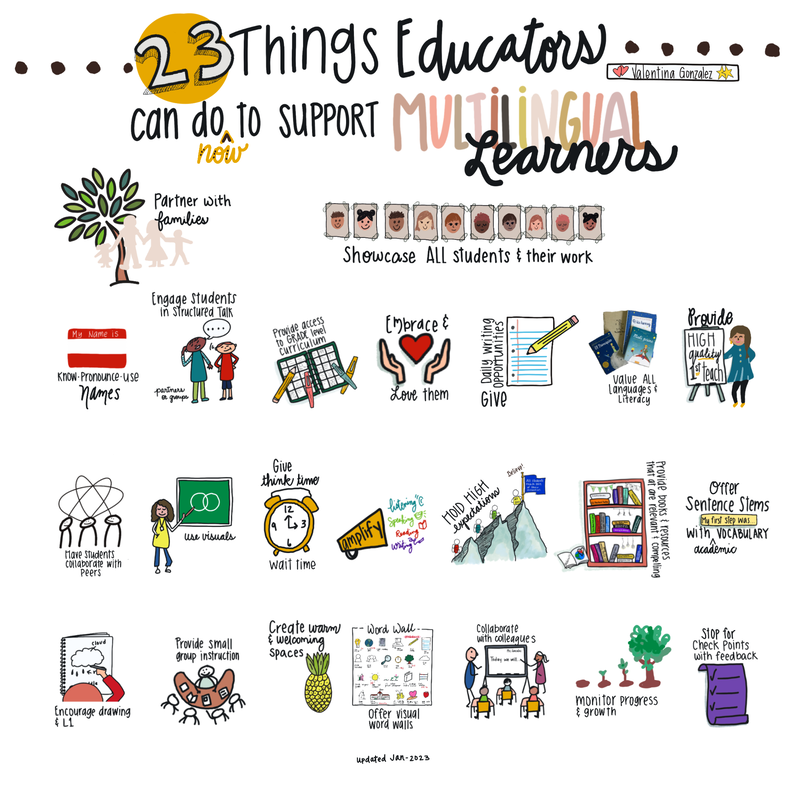
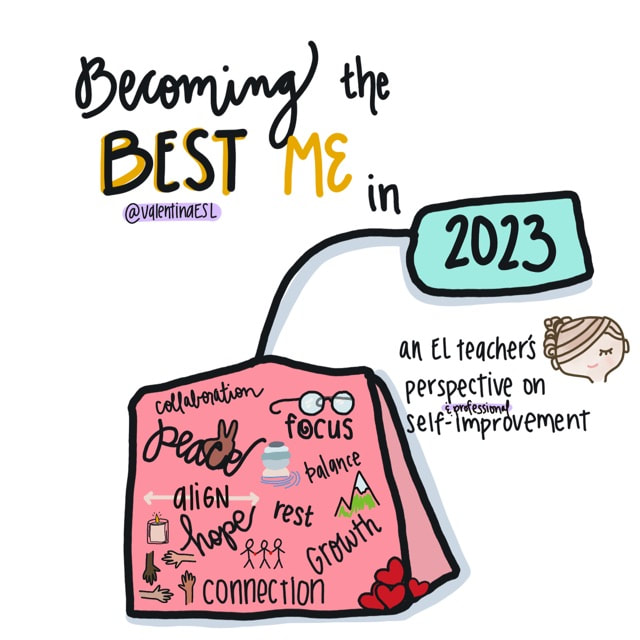
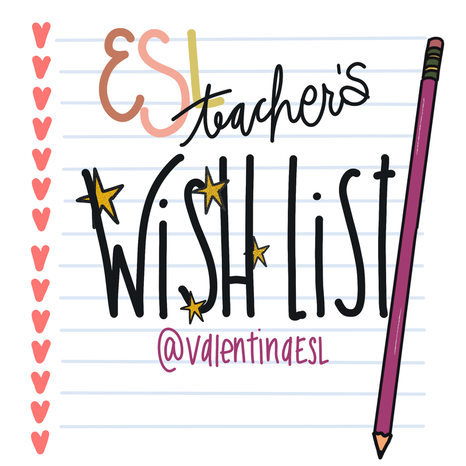
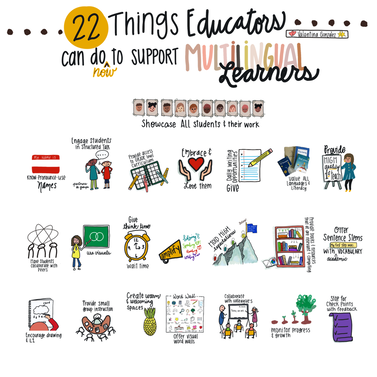
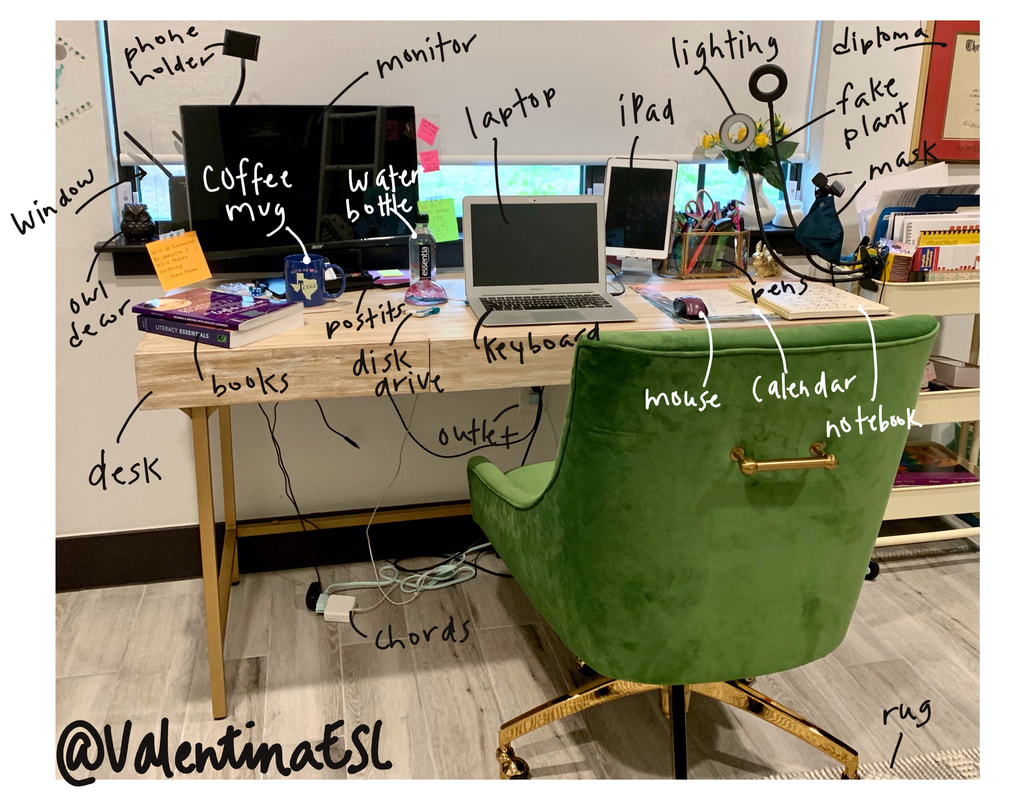
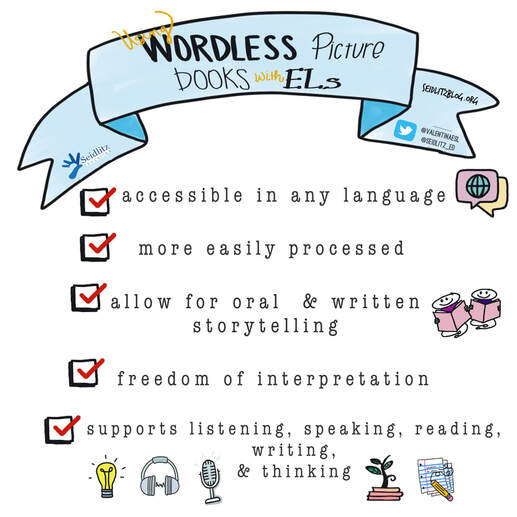
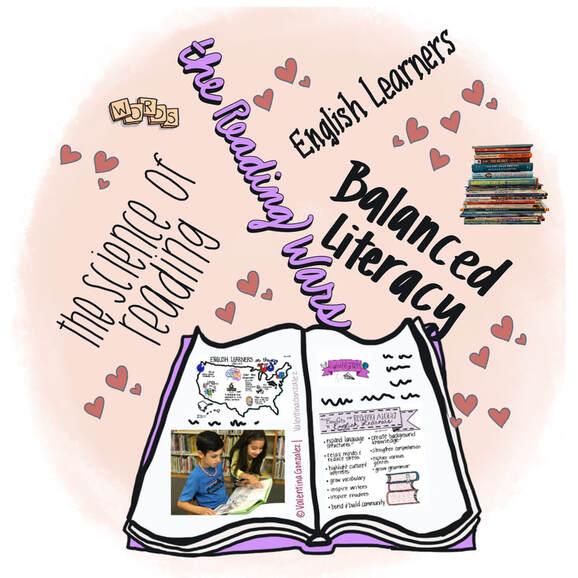
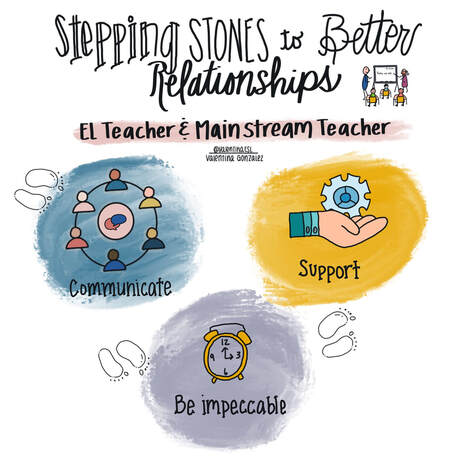
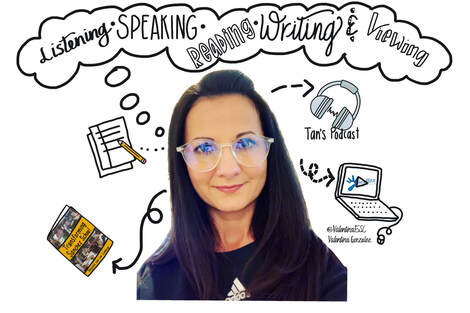
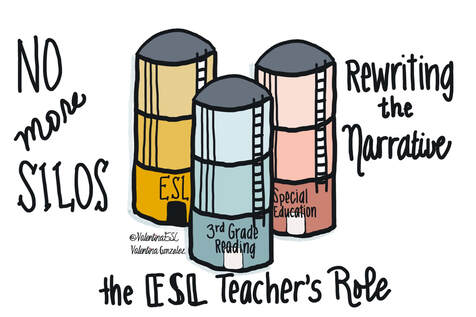
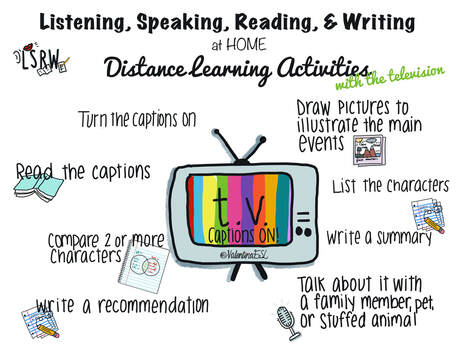
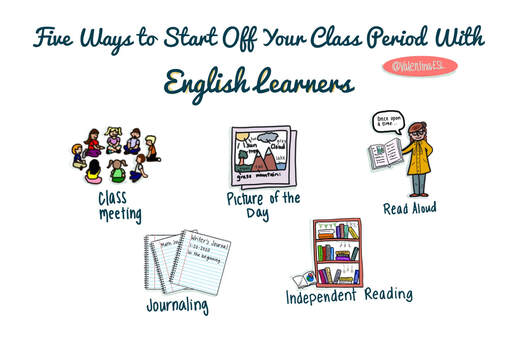

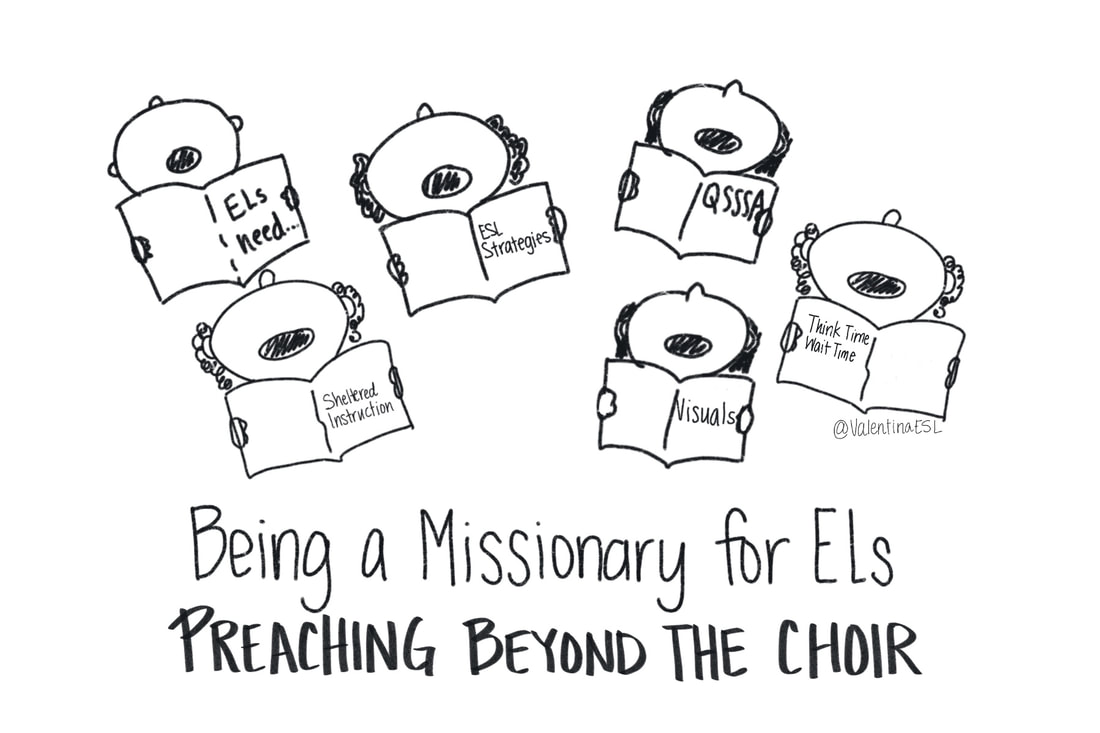
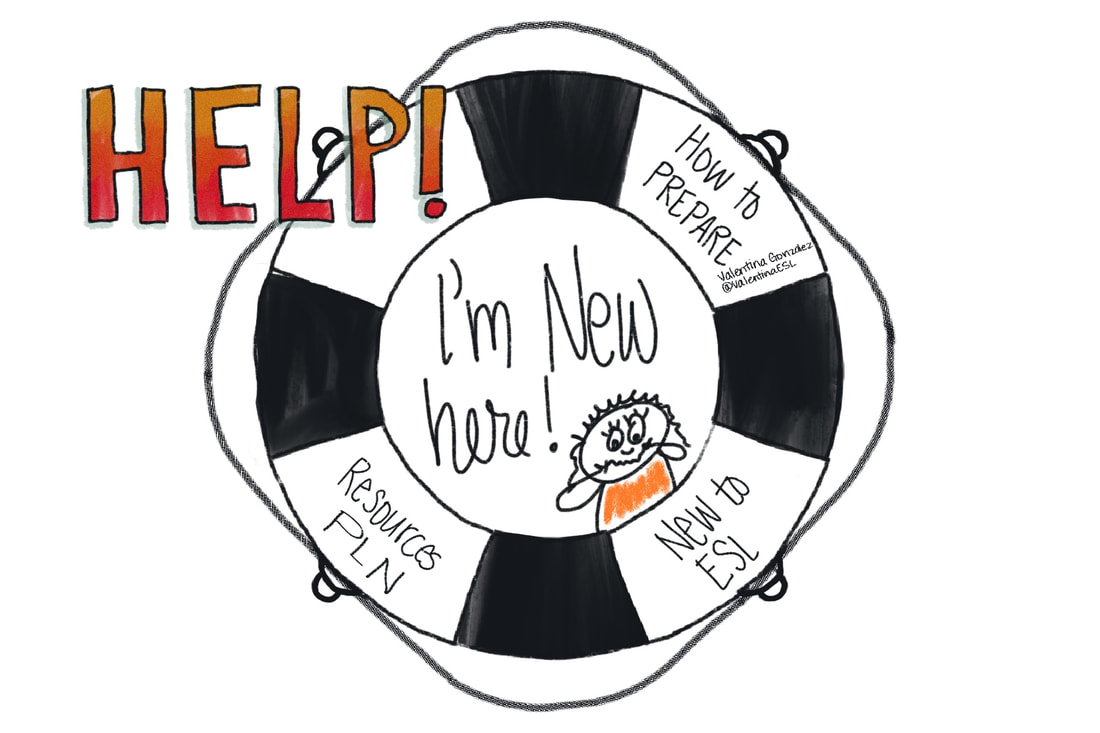
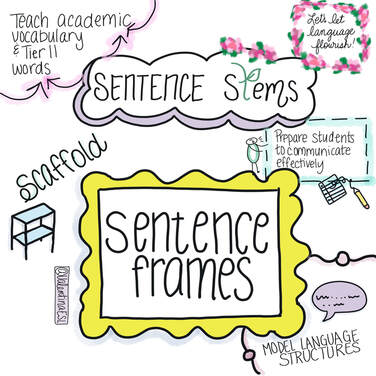
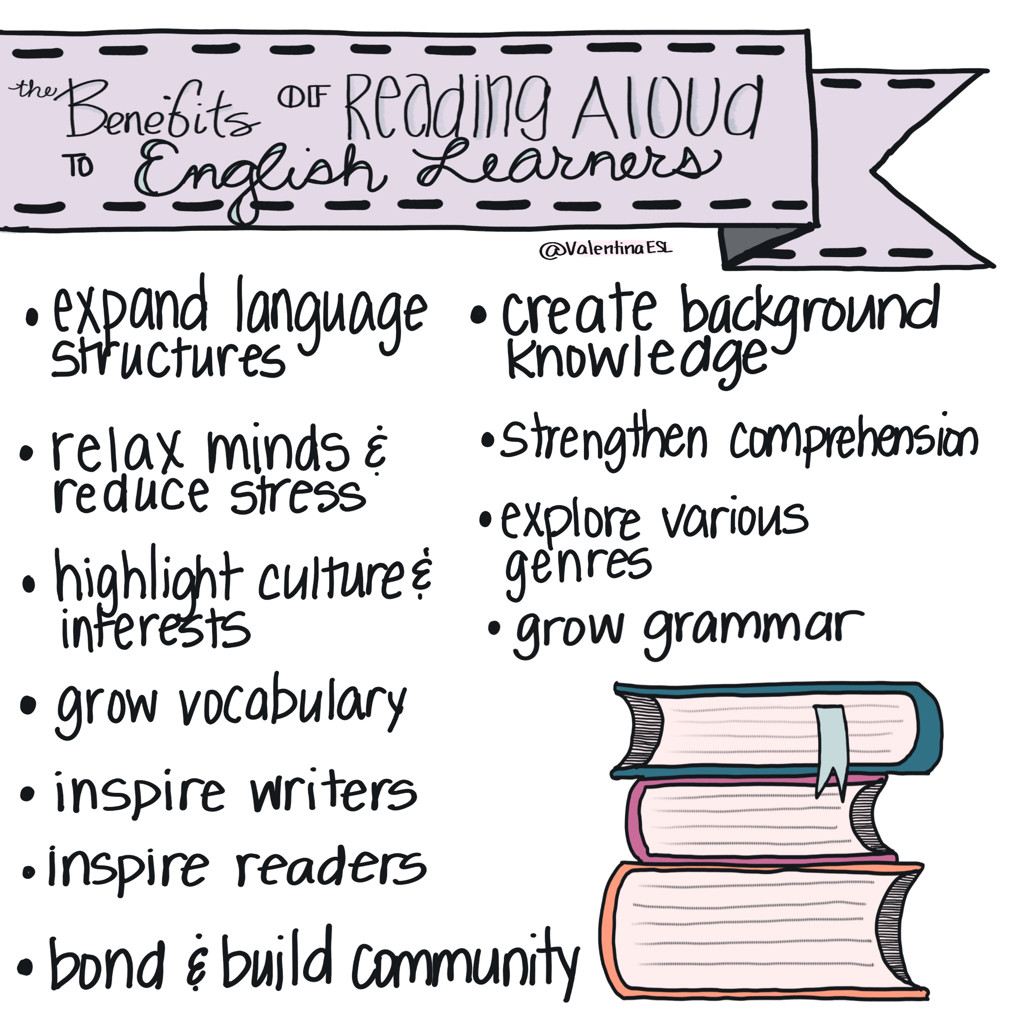
 RSS Feed
RSS Feed
